Current situation in Europe: A struggle for survival
The European steel sector has been struggling with a prolonged downturn. The current situation in Europe is described as a struggle for survival, with companies making intense efforts to reduce high stock levels, while medium- and long-term planning has become nearly impossible. Businesses are focusing on controlling costs and getting through the day, which negatively affects the entire value chain from steel mills to distributors, from service centers to end consumers.
In addition, Europe is experiencing a deep crisis influenced by interconnected factors. The economic performances of Germany and France are deteriorating due to issues such as political instability, a prolonged decline in industrial production, and weaknesses in the automotive sector. It has been noted that political instability in Germany is adversely affecting the country’s economic outlook, while political deadlock in France is bringing additional issues to the economy.
Dependence on the U.S. is straining the German economy
The potential consequences of protectionist trade policies linked to the Trump era, the failure to realize anticipated productivity gains in the 2020s, and stagnation in the energy sector have brought Europe's challenges into sharper focus. Germany's long-term economic decline is influenced by geopolitical factors, and increasing security and trade dependence on the U.S. has narrowed Germany's geopolitical maneuvering space. It has been reported that U.S. policies toward China shape Germany's strategies, and the high exposure of the German economy to China poses significant threats, along with China's aggressive subsidies and interventions in sectors traditionally dominated by Germany, which have dealt serious blows to the German economy.
Electricity prices have increased barriers
On the other hand, electricity prices across Europe have been at historic highs for over a year. Businesses struggling with weak demand and fragile consumer confidence are facing even greater difficulties due to rising energy costs. Wholesale electricity prices in Germany, France, the Netherlands, Spain, and Poland have reached their highest levels in the last 20 months, with prices in Italy also hitting four-month highs. These high prices have raised the average electricity costs across Europe to their highest level since February 2023, further increasing the barriers facing the European economy.
Looking ahead, 2025 is projected to be a challenging year for industry players. The policies of the new U.S. administration are being closely monitored due to their potential geopolitical impacts on the European steel sector. Signals from the new administration are expected to play a decisive role in future demand and prices. While price increases are anticipated, it is estimated that these increases will mainly stem from small-scale movements based on a slight increase in stocks.


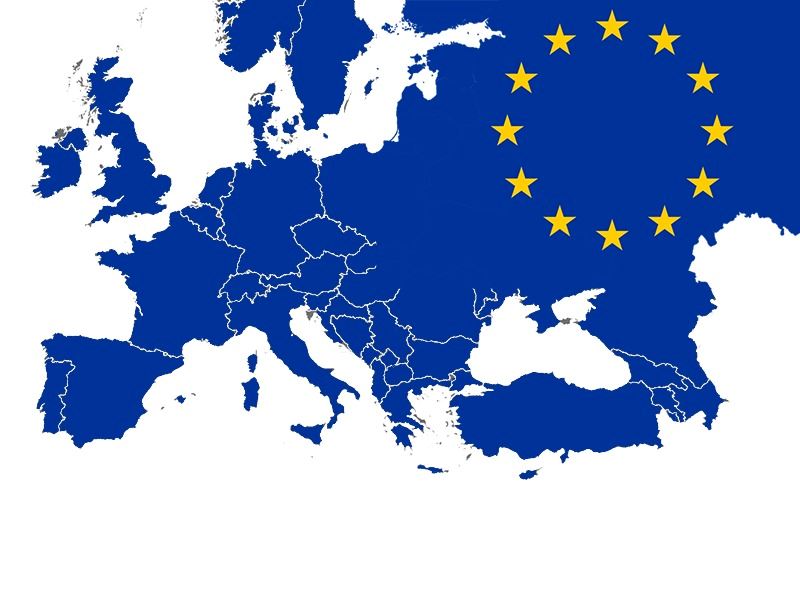

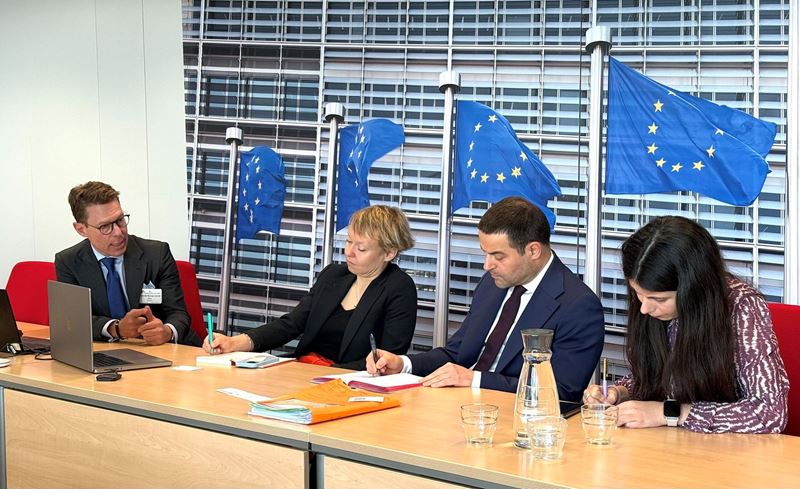
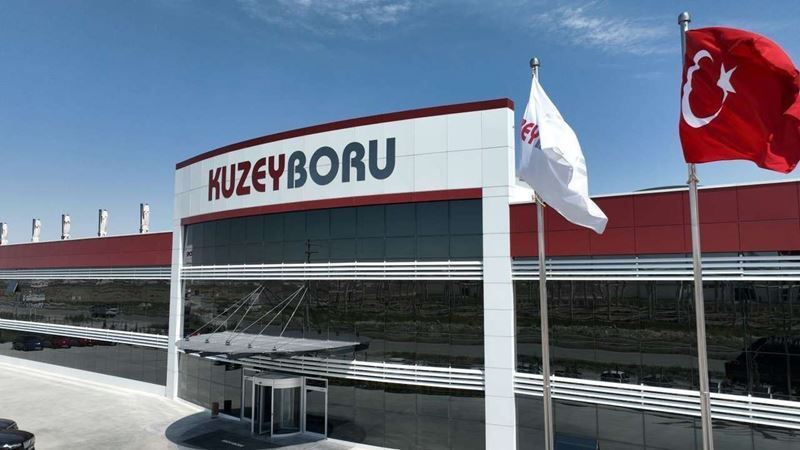
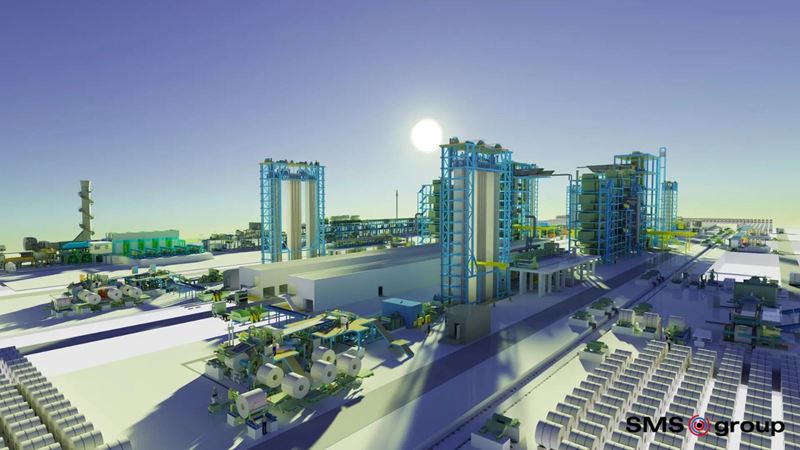
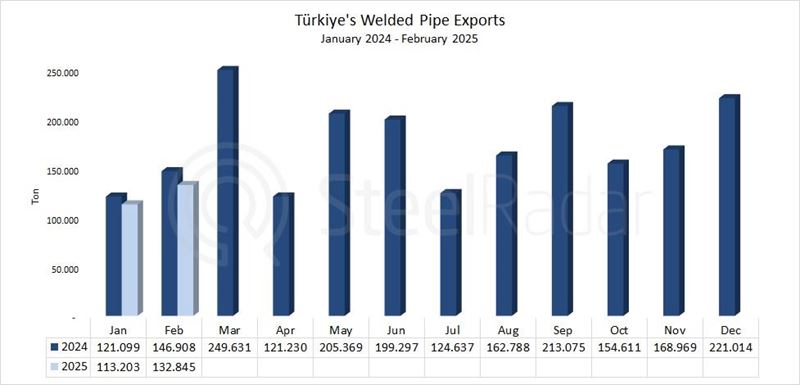

Comments
No comment yet.